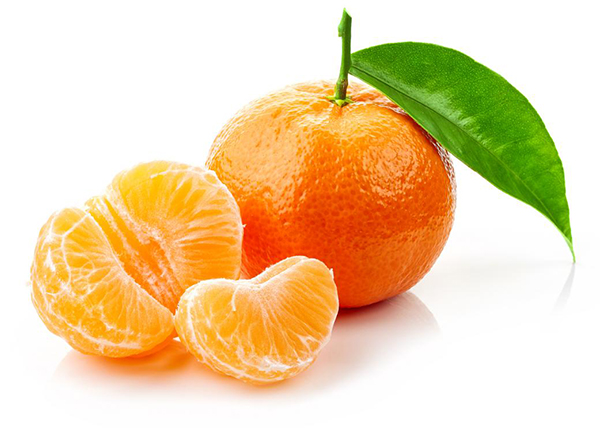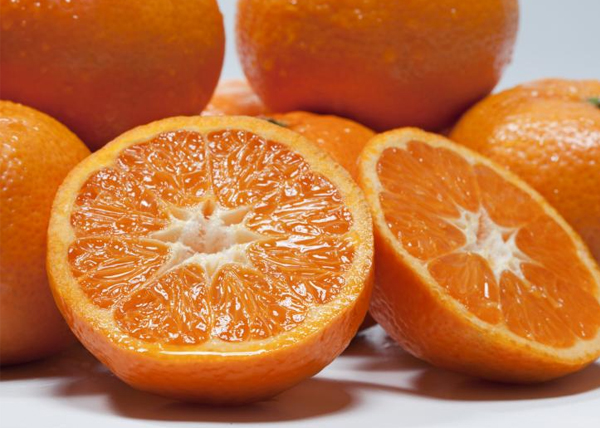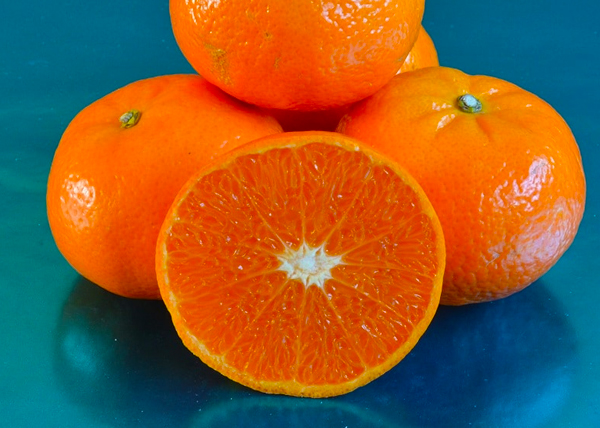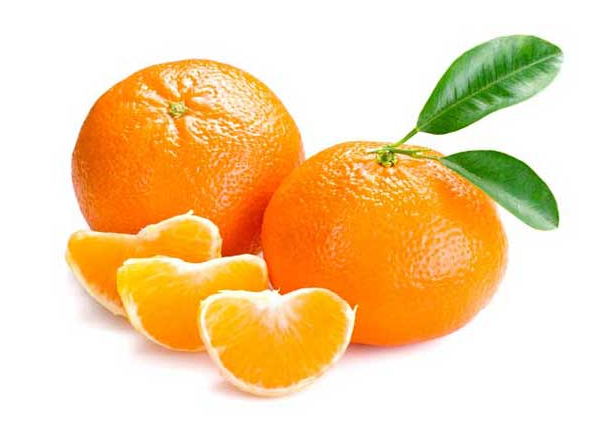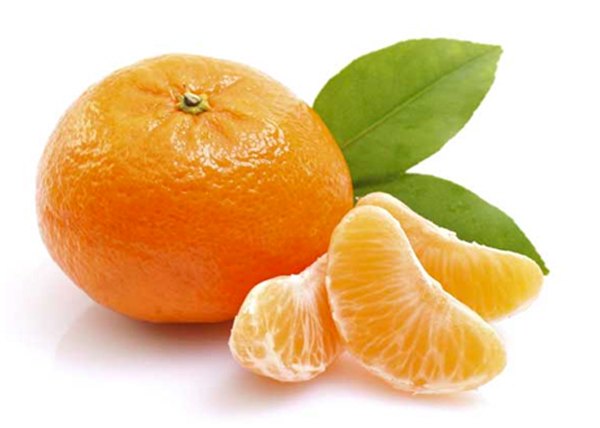Benefits of eating Mandarin Oranges
High in Vitamin C
Oranges are an excellent source of vitamin C. One orange offers 116.2 per cent of the daily value for vitamin C. Good intake of vitamin C is associated with a reduced risk of colon cancer as it helps to get of free radicals that cause damage to our DNA.
Healthy immune system
Vitamin C, which is also vital for the proper function of a healthy immune system, is good for preventing colds and preventing recurrent ear infections.
Prevents skin damage
Anti-oxidants in oranges help protect skin from free radical damage known to cause signs of aging. An orange a day can help you look young even at 50!
Keeps blood pressure under check
Oranges, being rich in Vitamins B6, help support the production of haemoglobin and also help keep blood pressure under check due to the presence of magnesium.
Lowers cholesterol
According to a study by US and Canadian researchers, a class of compounds found in citrus fruit peels called Polymethoxylated Flavones (PMFs) have the potential to lower cholesterol more effectively than some prescription drugs without side effects.
Controls blood sugar level
Fibre in oranges help by keeping blood sugar levels under control thereby making oranges a healthy snack for people with diabetes. Moreover, oranges have simple sugars. The natural fruit sugar in oranges, fructose, can help keep blood sugar levels from rising too high after eating. Its glycemic index is 40 and normally whatever foods fall under 50 are considered to be low in sugar. However, that does not mean you go about eating too many oranges in one go. Eating too much can spike insulin and may even lead to weight gain.
Lowers the risk of cancer
Oranges contain D- limonene, a compound that is touted to prevent cancers like lung cancer, skin cancer and even breast cancer. Vitamin C and antioxidants present in oranges are both important to build bodys immunity they help in fighting cancer. The fibrous nature of the fruit also makes it cancer protective. According to a study, up to 15 per cent of cancer cases happen because of mutations in the DNA, which can be prevented with Vitamin C.
Alkalizes the body
While the basic nature of oranges is acidic before you actually digest them, they have a lot of alkaline minerals that play a role in the process of digestion. This property of oranges is similar to that of lemons, which are without doubt among the most alkaline foods.
Good eye health
Oranges are a rich source of carotenoid. The Vitamin A present in them play an important role in keeping the mucus membranes in the eyes healthy. Vitamin A is also responsible to prevent age-related mascular degeneration, which in extreme cases can lead to blindness. It also helps eyes to absorb the light.
Safeguards against constipation
Oranges have both soluble and insoluble fibre. This helps in keeping your intestines and stomach function smooth, preventing irritable bowel syndrome. Additionally, the fibre helps treat constipation to a greater extent.



